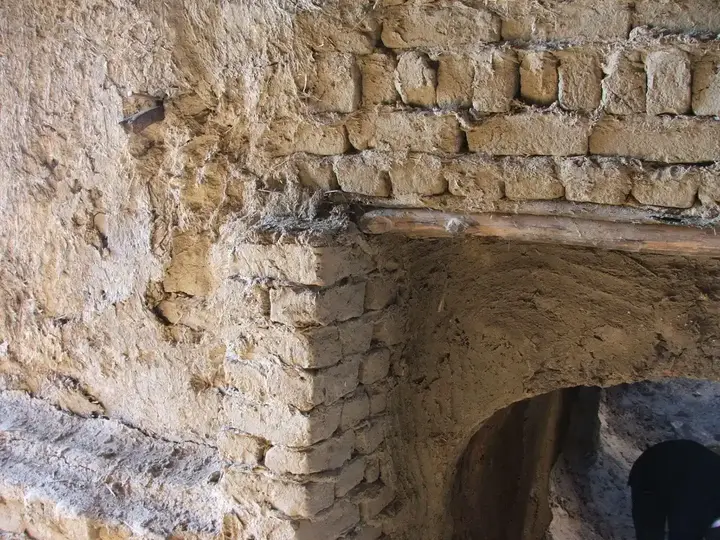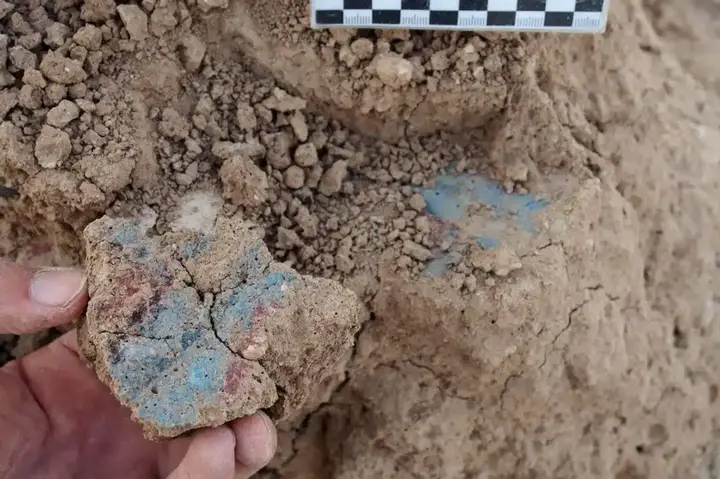Zakheco The Lost Mitanni City Reappears in Iraq after 3,400 Years
The city of Zachiko, the heart of the Mitanni Empire, which emerged thanks to the retreat of the Tigris River
In the past few years, a severe drought occurred in the Tigris River in multiple stages gradually, which necessitated the Iraqi authorities to open the reservoirs of the Mosul Dam to solve this crisis, and this was the first step in unveiling the city of "Zakhiko", the heart of the mysterious Mitanni empire and lost 3400 years ago, as scientists consider the city of Zakhiko archaeologists to be the missing link that will reveal a lot about the history and secrets of the Mitanni civilization in the coming days.
Show key points
- The ancient city of Zakhiko, recently uncovered due to a significant drought in the Tigris River, is believed to be a major center of the 3,400-year-old Mitanni Empire.
- The discovery was made possible after the Iraqi authorities released water from the Mosul Dam, exposing the lost city buried under the dam's reservoir.
- Archaeologists from a Kurdish-German team unearthed nearly 200 cuneiform tablets and various architectural remains, thought to hold key insights into the Mitanni civilization.
- ADVERTISEMENT
- Excavation efforts, carried out over forty continuous days, allowed the researchers to map the city's layout, including houses, roads, and fortifications.
- The site has yielded clay bricks, colored walls, bones, and other artifacts that paint a broader picture of life in Zakhiko across political, military, social, and economic spheres.
- Experts believe that further insights may be revealed if water levels drop again, potentially allowing for continued excavation and analysis.
- This discovery is expected to significantly reduce the mystery surrounding the Mitanni Empire and may confirm Zakhiko’s frequent mention in ancient Babylonian texts.
History of the Lost City of Zagiko

Archaeologists believe that the city of Zakhika dates back to the period between 1550 and 1350 BC (BC) and that it was one of the centers of power of the ancient Mitanni Empire.
Recommend
The surviving ruins of the city of Zakhiko were found thanks to an excavation mission by a Kurdish-German team in the Dohuk region, where the water level of the Tigris River has dropped thanks to the drought.
Thanks to this discovery, nearly 200 clay tablets written in cuneiform were found that are believed to carry the secrets of the Mitanni Empire, which remained mysterious until this great discovery, and archaeologists are still working to decipher and translate these texts.
Cuneiform texts were not the only ones discovered as a result of this expedition, but traces of walls and houses built of a material called "bricks", which was made of burnt clay and was used in construction in the past, were also uncovered.
A senior official in the Antiquities Organization of the Kurdistan Region of Iraq indicated that after the completion of the excavation work, the map of the city of Zakhiko was drawn and determined.
Accurately and refer to the houses and roads it contains.
A journey through time in the city of Zacheko.

The excavation and excavation work continued for forty continuous days at the site of the old city of Zagiko, at the hands of the Kurdish-German mission for the German universities of "Tübegen and Freiburg", and the work was sequential and intensive in this way in order to know as much information as possible about the discovered city before the water returned to flow over it again. This is the same reason why scientists cover the city's roof with plastic and dirt to protect it from water when it returns.
Archaeologists most likely found the city to be Zakhiko, which was mentioned more than once in ancient Babylonian texts, a city that housed a palace, houses and a large wall surrounding them. In order to ascertain the fact that it is the city concerned or not, it is necessary to decipher the cuneiform texts that have been found, which number approximately two hundred.
Archaeologist Nazim Zebari states that what was found was a collection of bones, cuneiform writings, texts and underwalls and that if the water level dropped again there would be an opportunity to carry out further excavations and obtain additional information.
Discoveries continue over the years
In 2018, a relatively large building was found by accident when the water receded from the Mosul Dam on the Tigris River, so it was necessary to lower the water level again to continue excavations.
Then, in 2019, another larger discovery was announced, even if a whole city was discovered that is believed to be the Mitanni city of Zakhiko, and this discovery was in Dohuk Governorate by the Kurdish-German mission to which we referred, and some newly discovered pieces came out with this mission for the purpose of study and interpretation.
It was not several months until colored walls were found at the site of the newly discovered city, in addition to new tablets other than those previously discovered, written in cuneiform script as well, which will also be analyzed and studied, and it is believed that these tablets complement what was observed in the previous tablets about life in the Mitanni city of Zakhiko in most of its forms politically, militarily, and even socially and commercially, and that after the completion of these texts, the city of Zakhiko in particular will not remain the Mitanni Empire in general as mysterious as it was. Before this dazzling discovery.








